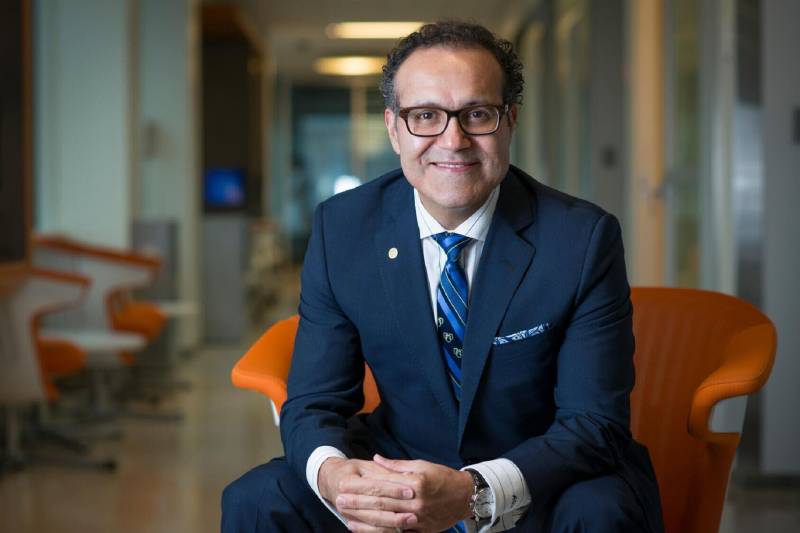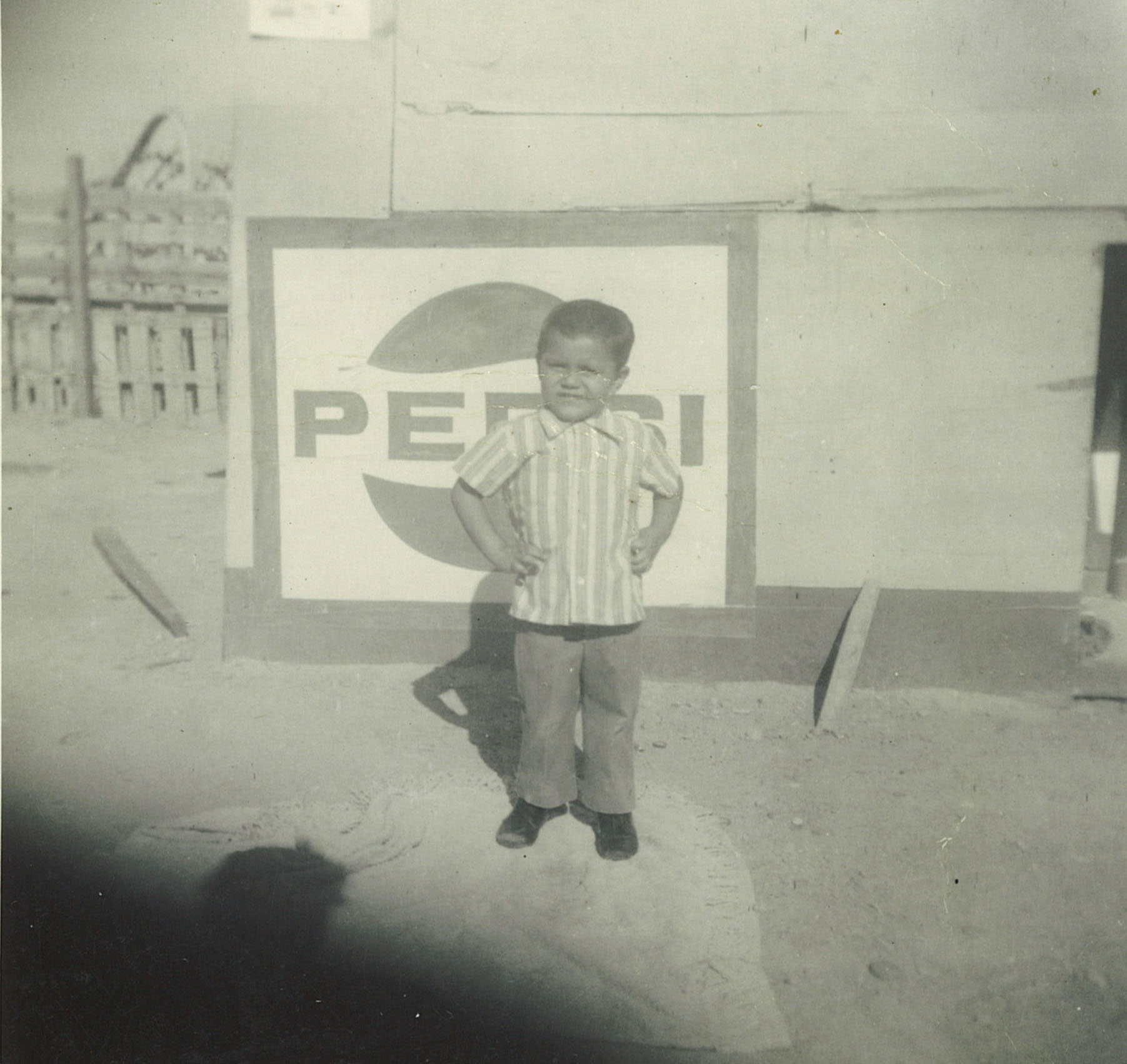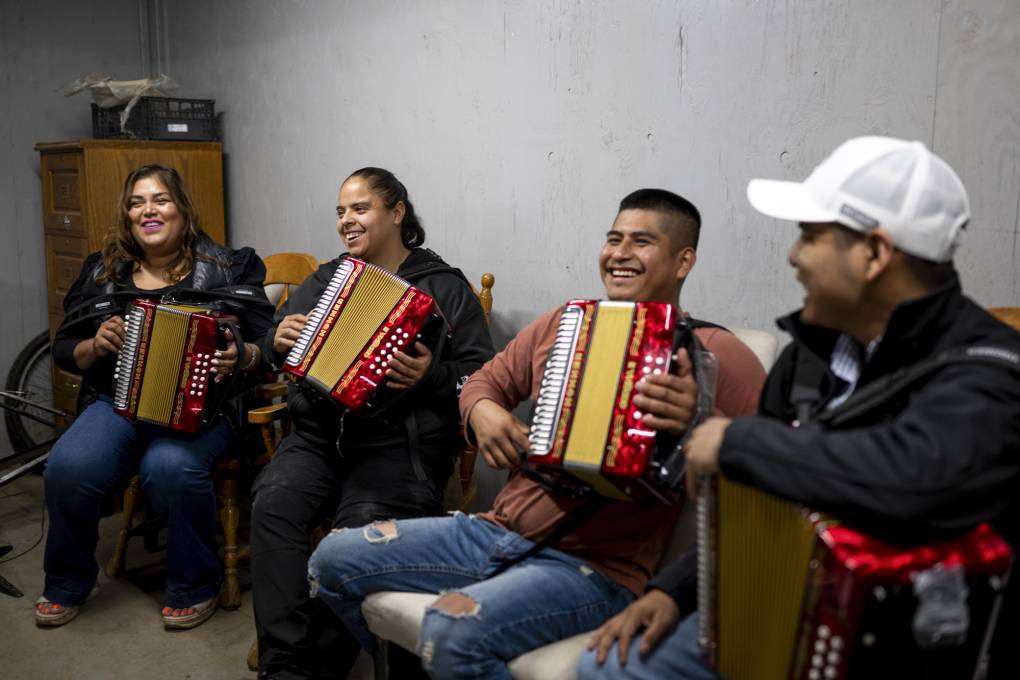“I had no idea that I was going to go to medical school,” Quiñones said. “But I look back at my past with my grandmother, Nana Maria. She was a Mexican curandera, a town healer and a midwife. And I said, ‘I want to be able to help people the way my grandmother did.’ And someone said, ‘Well, what about medical school?’ And I said, ‘What about it?’”
He landed a coveted spot at Harvard Medical School. He gave the commencement speech at graduation (class of 1999). He was on a path he had never imagined.
Other students, professors and even close friends tried to deter him from focusing on the elite field of neurosurgery. They tried to push him toward primary care.
Today, his cutting-edge research focuses on brain tumors. His team at the Mayo Clinic is dedicated to finding a cure for cancer. He’s also passionate about bringing healthcare to low-income communities.
That’s why he cofounded Mission: BRAIN (Bridging Resources and Advancing International Neurosurgery). The nonprofit provides neurosurgical expertise and resources to patients in countries all over the world, including Mexico, the Philippines and Peru.
“Quiñones is a force of nature whether it’s in the world of neurosurgery or greater society,” said April Sabangan, CEO of Mission: BRAIN. “As someone who has known him since he was a resident, I am struck by his ability to connect with people, to truly care about them on a personal level. He cares enough to remember the little details that make an individual distinctive, whether it’s the chairman of a department or the hospital orderly.”
From the fields to the operating room
When Quiñones reflects on his past and the influences that shaped his journey, he credits his success to his simple upbringing and his parents.
“They grew up teaching us the value of being honest, of hard work, of giving, of always recognizing that no matter how difficult we may have it, there are other people who have it even more challenging,” he said.



